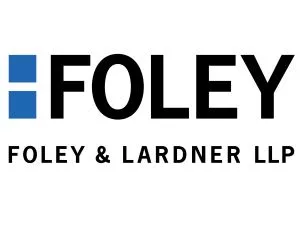Foley & Lardner are most popular:
- within Criminal Law, Government, Public Sector and Insurance topic(s)
Consumer Products Video Series
Kay Schwartz is a partner in Foley's Dallas office and a co-chair of the Trademark, Copyright, and Advertising Practice Group. She routinely works with manufacturers on trademark matters. In this video, Kay discusses examples and requirements of a trademark. She establishes the ways to establish a trademark, including the two types of federal applications an
d how to apply for an international trademark.
Key Takeaways
- A trademark is a word, symbol, logo, design, graphic, color, and even sound.
- A trademark cannot be generic or descriptive.
- A trademark should be arbitrary, fanciful, or suggestive.
- You establish trademark rights through use.
- Common law rights are very valuable but, there are geographic limitations associated with this use.
- A federal registration gives you rights that are established nationwide.
- The two types of applications are (1) Use application and (2) An intent-to-use application.
- You can file an intent-to-use application while you are waiting for your products to hit the market.
- If the intent-to-use application matures into the registration, you get your rights as of the date of the filing.
The content of this article is intended to provide a general guide to the subject matter. Specialist advice should be sought about your specific circumstances.



